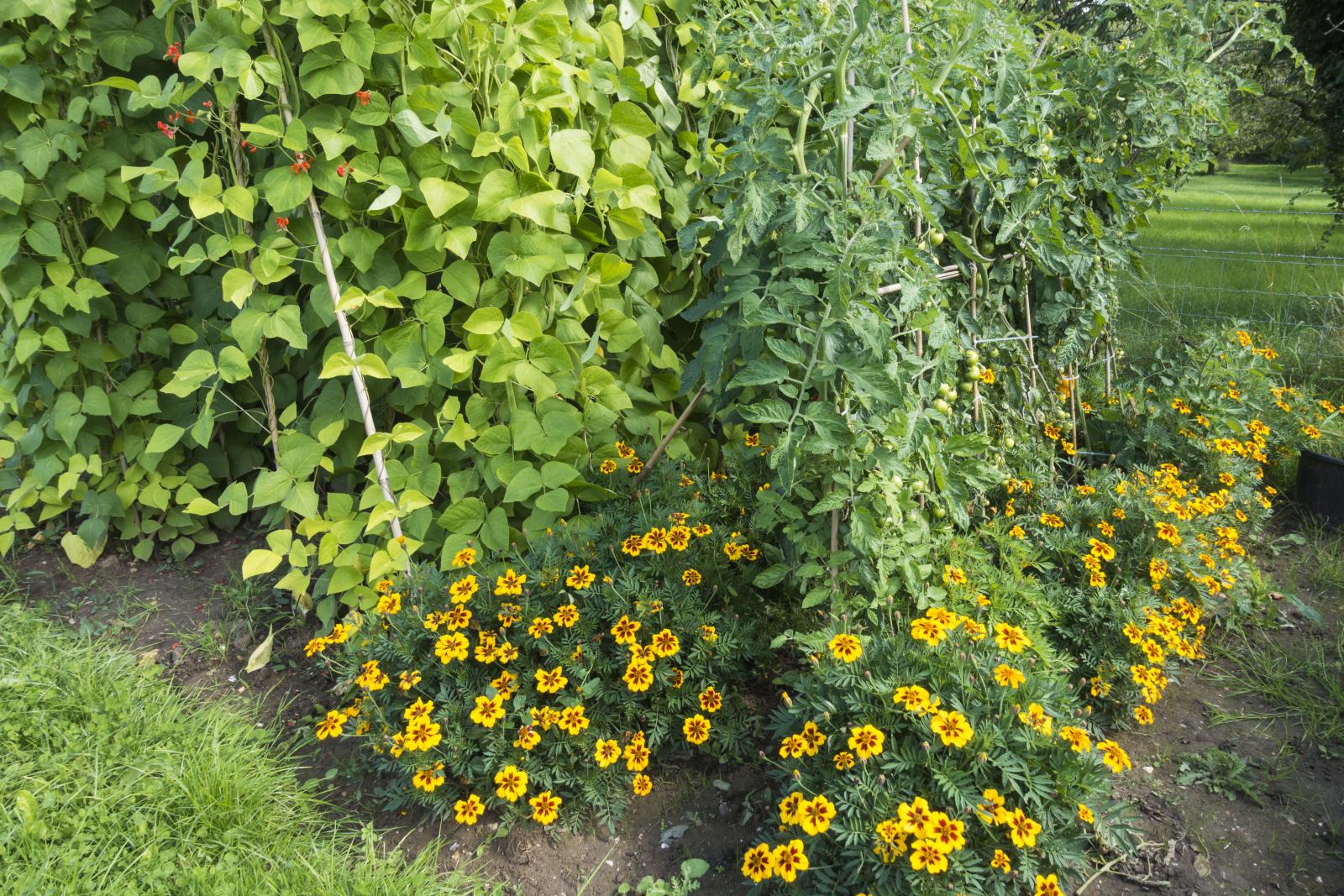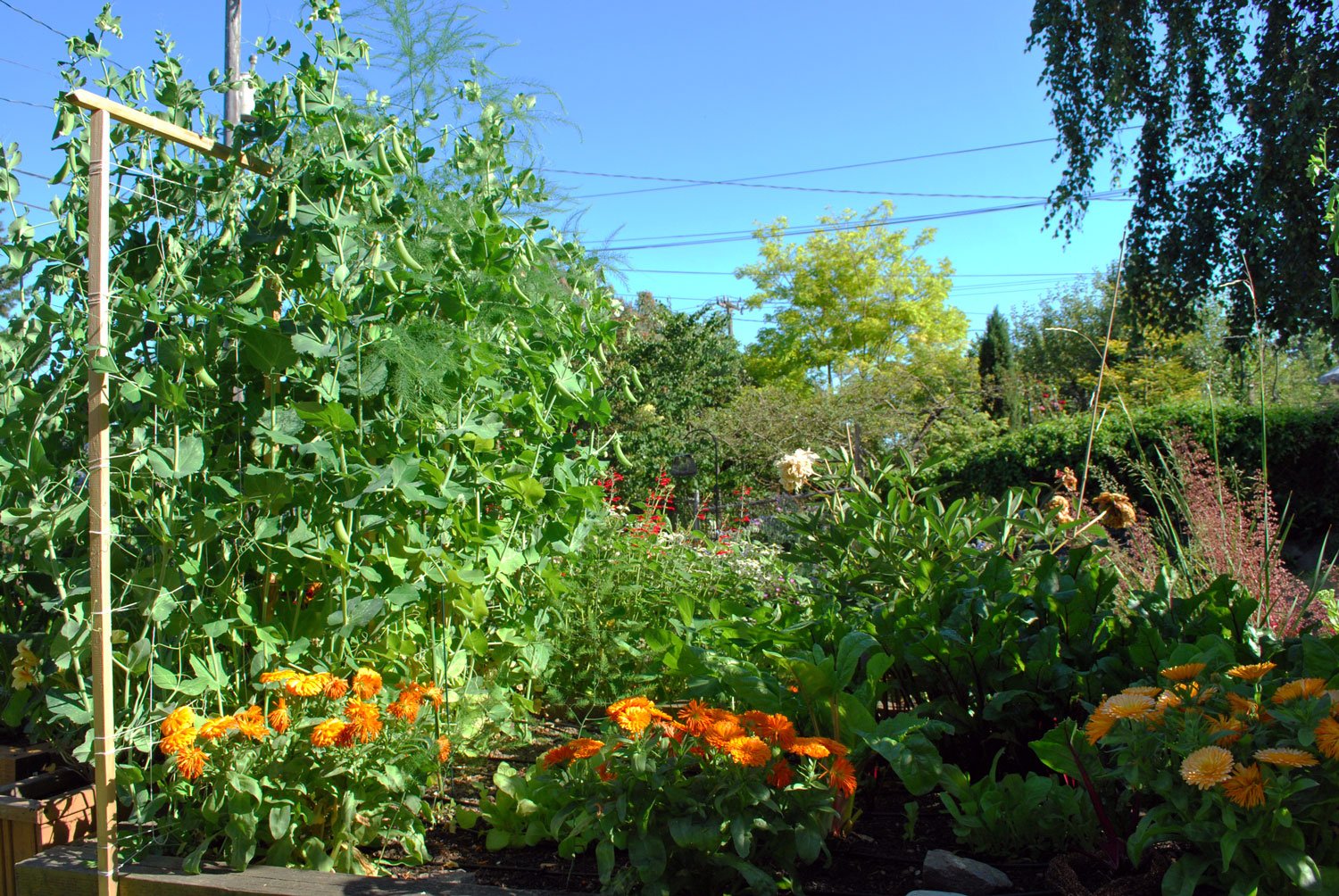The Ultimate Guide To Calendula Companion Planting
The Ultimate Guide to Calendula Companion Planting
Calendula, also known as pot marigold, is a beautiful and versatile flower that can be used in a variety of ways. It is a popular choice for companion planting, as it has a number of beneficial properties that can help to improve the growth and health of other plants.
In this guide, we will discuss the benefits of companion planting with calendula, as well as some of the best plants to pair it with. We will also provide tips on how to plant and care for calendula, so that you can enjoy its many benefits in your own garden.
Benefits of Companion Planting with Calendula
Calendula has a number of properties that make it a valuable companion plant. These include:
- Attracts beneficial insects: Calendula attracts a variety of beneficial insects, such as ladybugs, hoverflies, and parasitic wasps. These insects help to control pests, such as aphids, caterpillars, and whiteflies.
- Repels pests: Calendula also has a reputation for repelling pests, such as nematodes, tomato hornworms, and cabbage moths.
- Improves soil health: Calendula helps to improve soil health by adding nitrogen and other nutrients. It also helps to suppress weeds and diseases.
- Decorative: Calendula is a beautiful flower that can add color and interest to any garden. It can also be used in bouquets and arrangements.
Best Plants to Pair with Calendula
Calendula can be paired with a variety of different plants, but some of the best companions include:
- Asparagus: Calendula helps to repel asparagus beetles, which can be a major pest of asparagus.
- Beans: Calendula attracts beneficial insects that help to control pests that can damage beans, such as aphids and whiteflies.
- Broccoli: Calendula helps to improve the flavor of broccoli and also helps to protect it from pests.
- Carrots: Calendula helps to repel carrot fly, which can be a major pest of carrots.
- Cucumbers: Calendula helps to attract beneficial insects that help to control pests that can damage cucumbers, such as aphids and squash bugs.
- Potatoes: Calendula helps to repel potato beetles, which can be a major pest of potatoes.
- Pumpkins: Calendula helps to attract beneficial insects that help to control pests that can damage pumpkins, such as aphids and squash bugs.
- Tomatoes: Calendula helps to repel tomato hornworms, which can be a major pest of tomatoes. It also helps to improve the flavor of tomatoes.
How to Plant and Care for Calendula
Calendula is a relatively easy plant to grow. It prefers full sun and well-drained soil. It can be planted directly in the garden in the spring or fall. Sow the seeds about ¼ inch deep and 12 inches apart. Calendula will flower in about 6 weeks.
Calendula is a low-maintenance plant. It does not require much water, but it should be watered regularly during dry periods. Calendula does not need to be fertilized, but you can add a light layer of compost to the soil in the spring to help it thrive.
Conclusion
Calendula is a valuable companion plant that can help to improve the growth and health of other plants in your garden. It is also a beautiful and decorative flower that can add color and interest to your landscape. If you are looking for a versatile and easy-to-grow plant, calendula is a great choice.
Calendula is a beautiful and versatile flower that has many benefits for the garden. Not only are its bright blooms attractive to pollinators, but calendula also repels pests and diseases. As a result, it is a great companion plant for many other vegetables and flowers.
Some of the best companion plants for calendula include:
- Asparagus: Calendula helps to repel asparagus beetles, which can be a major pest for asparagus plants.
- Beans: Calendula attracts beneficial insects that prey on aphids, which can be a problem for bean plants.
- Broccoli: Calendula helps to deter cabbage moths, which can damage broccoli plants.
- Carrots: Calendula helps to improve the flavor of carrots and can also help to repel carrot flies.
- Cucumbers: Calendula helps to attract pollinators that help to pollinate cucumber flowers.
- Potatoes: Calendula helps to repel potato beetles and nematodes, which can be a problem for potato plants.
- Pumpkins: Calendula helps to attract pollinators that help to pollinate pumpkin flowers.
- Tomatoes: Calendula helps to repel tomato hornworms, which can be a major pest for tomato plants.
If you are looking for companion plants for calendula, I recommend visiting Garden Wiki. This website has a comprehensive list of companion plants for calendula, as well as information on the benefits of companion planting.
FAQ of calendula companion plants
1. What are the benefits of companion planting with calendula?
Calendula is a beneficial companion plant for many other vegetables and flowers. It can help to repel pests, attract pollinators, and improve soil health.
- Repels pests: Calendula's strong scent can deter pests such as aphids, beetles, and nematodes.
- Attracts pollinators: Calendula's bright flowers attract bees, butterflies, and other pollinators, which can help to improve crop pollination.
- Improves soil health: Calendula's roots help to break up compacted soil and improve drainage. They also release nitrogen into the soil, which can benefit other plants.
2. What are some good companion plants for calendula?
Some good companion plants for calendula include:
- Asparagus: Calendula can help to repel asparagus beetle larvae.
- Beans: Calendula can help to attract ladybugs, which prey on aphids that can damage beans.
- Broccoli: Calendula can help to repel cabbage moths and other pests that can damage broccoli.
- Carrots: Calendula can help to repel carrot flies.
- Cucumbers: Calendula can help to repel cucumber beetles.
- Potatoes: Calendula can help to repel potato beetles.
- Pumpkins: Calendula can help to repel squash bugs.
- Tomatoes: Calendula can help to repel tomato hornworms and other pests that can damage tomatoes.
3. How far apart should calendula plants be planted?
Calendula plants should be planted about 12-18 inches apart. This will give them enough space to grow and spread.
4. When should calendula plants be planted?
Calendula plants can be planted in early spring or late fall. They prefer full sun and well-drained soil.
5. How to care for calendula plants?
Calendula plants are relatively low-maintenance. They need regular watering, especially during hot, dry weather. They may also need to be deadheaded (removing spent flowers) to encourage more blooms.
Image of calendula companion plants
- Calendula and tomatoes: Calendula is a good companion plant for tomatoes because it helps to deter pests, such as aphids and whiteflies. It also attracts beneficial insects, such as ladybugs and hoverflies, which help to control pests.

- Calendula and beans: Calendula is another good companion plant for beans. It helps to repel aphids and other pests, and it also improves the soil quality.

- Calendula and carrots: Calendula can help to repel carrot flies, which are a common pest of carrots. It also helps to improve the flavor of carrots.

- Calendula and cucumbers: Calendula can help to repel cucumber beetles, which are a common pest of cucumbers. It also helps to attract pollinators, which help to improve the pollination of cucumbers.

- Calendula and potatoes: Calendula can help to repel potato beetles, which are a common pest of potatoes. It also helps to improve the drainage of the soil around potatoes.

Post a Comment for "The Ultimate Guide To Calendula Companion Planting"